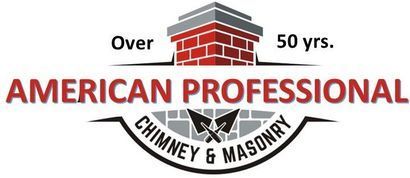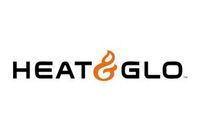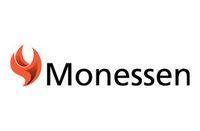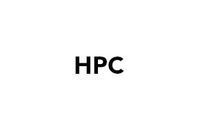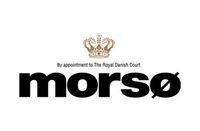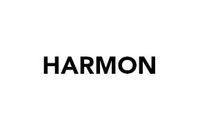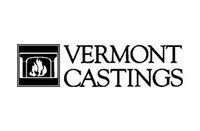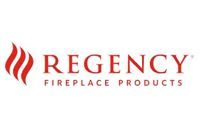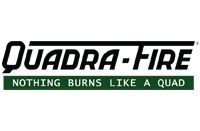FAQs
American Professional Chimney & Masonry
How often should I have my chimney inspected?
The National Fire Protection Association (NFPA) advises annual inspections for all chimneys, fireplaces, and vents, regardless of usage frequency. This practice helps identify structural issues, blockages, or creosote accumulation early on. For cleaning, the frequency depends on the type and usage of your heating appliance.Is it safe to leave my pilot light on my gas fireplace running over the summer?
Generally, it is considered safe to keep the pilot light of your gas fireplace operational during the summer months.If I'm getting a new gas appliance, do I need to replace my chimney liner?
The necessity of replacing your chimney liner when installing a new gas appliance depends on factors such as the specific type of gas appliance being installed and the current condition and material of your existing chimney liner.Do I need a hearth extension in front of my wood fireplace?
In most instances, building codes and safety regulations require the installation of a hearth extension for wood-burning fireplaces.What is the difference between a masonry fireplace and a prefabricated fireplace?
A masonry fireplace is constructed on-site by skilled masons using materials such as brick, stone, or concrete. In contrast, prefabricated fireplaces are manufactured in a factory and installed as a complete unit.What are common animals that can live in a chimney that doesn't have a raincap or animal guard on it?
An unprotected chimney can attract various wildlife, particularly as temperatures drop. Common inhabitants may include birds, raccoons, squirrels, bats, and rodents, all of which can find shelter in an uncapped chimney.I hear chirping in my chimney, what should I do? If the birds are chimney swifts if that a federally protected species?
Chimney swifts are indeed protected under the Migratory Bird Treaty Act. If you suspect their presence, avoid removal attempts, refrain from lighting fires, and do not block the flue. It's advisable to wait until their migration in late fall before cleaning and capping the chimney. Consider scheduling a post-migration inspection with our certified chimney sweeps to remove nesting debris and install a protective cap. If uncertain about the species, consult a wildlife expert or our chimney professionals for identification.How do I get my wood burning stove going?
To start your wood-burning stove efficiently, begin by removing excess ash, leaving a thin insulating layer. Fully open the air vents to maximize airflow. Ensure the flue damper is open and the chimney is unobstructed. Use dry, seasoned hardwood such as oak, maple, or hickory for optimal burning. Avoid softwoods like pine for extended burns due to higher creosote production. Never burn treated or painted wood, or household waste in your stove.What are the differences between vented decorative gas logs and direct vent gas inserts?
Vented decorative gas logs are primarily aesthetic, installed in existing wood-burning fireplaces with open flues. They offer minimal heat output and low efficiency. Direct vent gas inserts, conversely, are designed for efficient heating with sealed combustion. They're installed in existing fireplace cavities or walls, featuring high heat output and excellent efficiency. Direct vent inserts use a sealed ventilation system, ensuring better air quality and safety compared to vented logs.How often should I have my chimney cleaned?
Cleaning frequency varies by fireplace type. Wood-burning fireplaces require annual cleaning or after every 1-2 cords of wood burned. Gas fireplaces need less frequent cleaning but benefit from yearly inspections. Clean pellet stoves after every 1-2 tons of pellets burned and inspect annually. Oil or coal systems should be inspected and cleaned yearly due to heavy soot production.
